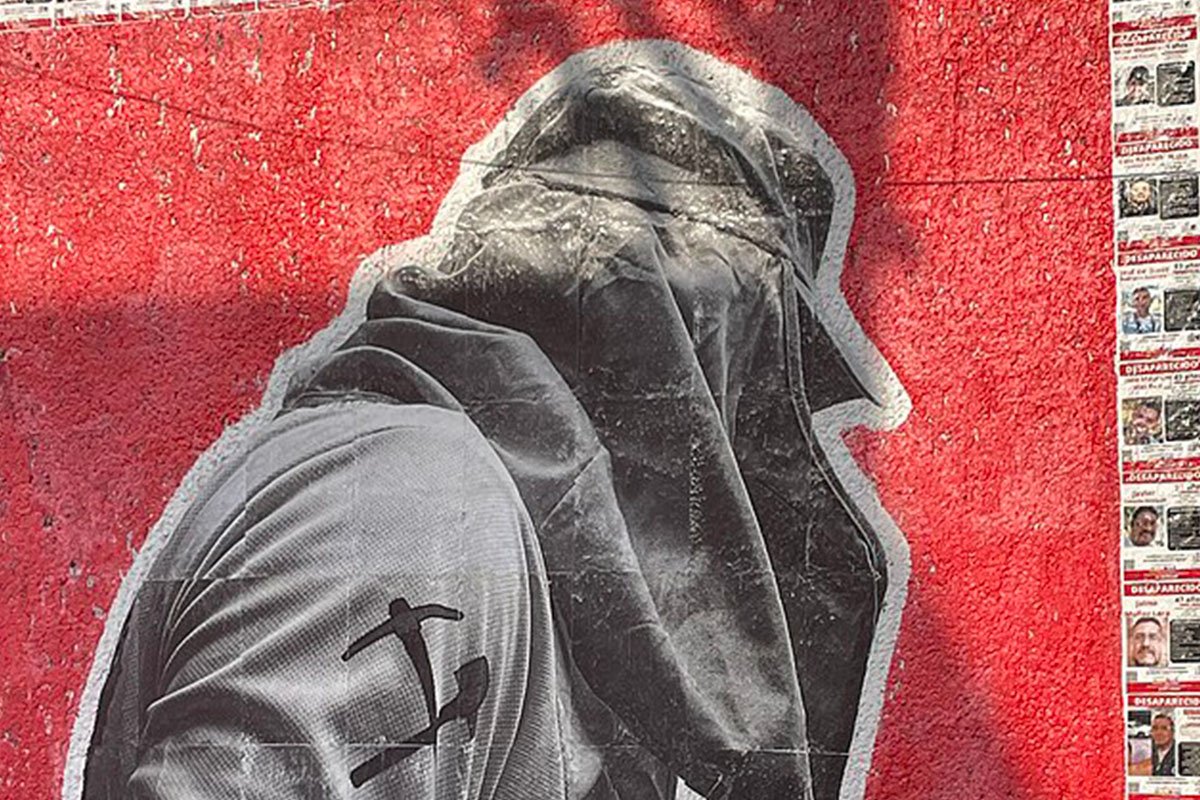
On April 28th, President Joe Biden released his bill for investment in childcare and education, labeled the American Families Plan. As Jim Tankersley and Dana Goldstein detail in the New York Times, “The package includes financing for universal prekindergarten, a federal paid leave program, efforts to make child care more affordable, free community college for all, aid for students at colleges that historically serve nonwhite communities, expanded subsidies under the Affordable Care Act and an extension of new federal efforts to fight poverty.”
A brief rundown, drawing on a chart from Alicia Parlapiano of the New York Times, is below:
| Tax Credits (10-year estimates) | |
| Childcare and EITC expansion: | $600 billion |
| Affordable Care Act added tax credits: | $200 billion |
| Total tax expenditures | $800 billion |
| Direct expenditures (10‑year estimates) | |
| Paid family and medical leave (12 weeks) | $225 billion |
| Childcare | $225 billion |
| Free universal preschool | $200 billion |
| Two years of free community college | $109 billion |
| Pell Grants (higher ed) | $82 billion |
| Other education | $117 billion |
| Nutrition programs | $45 billion |
| Total direct expenditures | $1,003 billion |
All told, the bill proposes about $1 trillion in new direct federal spending ($100 billion a year) and $800 billion in tax credits ($80 billion a year). Of that $1.8 trillion, $1.5 trillion would be covered by tax increases on people earning $400,000 a year or more through a mix of higher income tax rates (restoring the 39.6 percent rate that prevailed during Barack Obama’s presidency), a capital gains tax rate equal to the tax rate on income for millionaires, capping the capital gains tax exclusion at death at $1 million, and an increased enforcement budget for the Internal Revenue Service to boost compliance of wealthy Americans with existing tax laws.
To get a sense of scale, in Fiscal Year 2019 (the most recent pre-pandemic year), the federal government spent $4.448 trillion. Due to the pandemic, federal spending in Fiscal Year 2020 reached a record $6.55 trillion.
Comparatively speaking, the “Family Plan” expenditures are modest. Adding $100 billion a year in direct spending amounts to a 2.2 percent increase above fiscal year 2019 spending. Even if you add the $2.3 trillion in proposed boosted infrastructure expenditure, the combined added federal outlay works out to a 7.4 percent spending increase. That’s a significant amount, but not quite as grand as incessant media use of “the t-word” (trillion) might lead one to believe.
That said, this is not to discount the significance of the provisions. In the original Biden relief bill, there was a provision for 14 weeks paid leave, but the measure got stripped from the final bill. This bill offers 12 weeks paid leave. The allocations for childcare and education expansion—both pre-kindergarten and collegiate—are also significant expansions of social policy supports.
For Otis Rolley, senior vice president at the Rockefeller Foundation, who directs the foundation’s equity and economic opportunity initiative, most significant are the bill’s tax-credit provisions, which boost the after-tax income of low-income Americans. The big-ticket item (at a cost of roughly $100 billion a year) is an extension of the Biden relief bill’s childcare tax credit. The coronavirus relief bill, as NPQ noted in March, increased the maximum benefit from $2,000 to $3,000 per child ($3,600 for children under the age of six) and also made it “fully refundable,” meaning that families qualify for the full benefit even if the amount of the credit exceeds the income tax they owe. Without refundability, those with the lowest incomes are excluded from benefits. The child benefit is also designed to be distributed monthly, rather than just an annual payment, helping enormously with family budgeting.
Sign up for our free newsletters
Subscribe to NPQ's newsletters to have our top stories delivered directly to your inbox.
By signing up, you agree to our privacy policy and terms of use, and to receive messages from NPQ and our partners.
A paper from Columbia University, authored by Irwin Garfinkel, Laurel Sariscsany, Elizabeth Ananat, Sophie Collyer, and Christopher Wimer, observes that, prior to 2021, the US had provided a tax credit of $2,000 per child for almost two-thirds of American children; however, “roughly a third of children live in families whose incomes [were] too low to receive the full credit, and one in 10 children [qualified] for no benefit at all.”
Rolley notes that Biden’s bill also expands the EITC [earned income tax credit] to provide an income boost to “low-income childless adults as well. In the past you had to have children. So many of the working poor do not have children.” Many nonprofit groups, including the Center on Budget and Policy Priorities (CBPP), the Nikassen Center, the Economic Security Project, and UnidosUS backed the campaign to expand EITC coverage, Rolley writes.
When Biden’s relief bill passed in March, CBPP estimated that 4.1 million children were lifted out of poverty for 2021, a 40-percent-plus reduction. Biden’s “Family Plan” bill would extend this provision until 2025, after which the benefit would expire. This is done to reduce the 10-year cost of the bill by $500 billion, but it puts the provision’s permanency at risk. Rolley notes a silver lining—the Biden bill makes the tax credit permanently refundable, so low-income families would no longer be excluded from the child tax credit, even if the increased payment levels expire.
But if the provision were to expire, Garfinkle and his coauthors contend, the long-term costs would far exceed any savings. A reversal would not only push poverty rates back up; it would have major costs in terms of childhood development. “While the initial costs may appear large, they are small compared to the very large monetary benefits that would eventually accrue to recipients and society from investing in children,” the Columbia team writes. All told, the Columbia authors estimate that the economic benefits of the child tax credit outweigh its costs by a ratio of eight-to-one, with most of the benefits the result of vastly improved child health outcomes.
For Rockefeller, tax laws are one of four priority tools to reduce poverty; social investment (such as education), asset ownership (such as by promoting access to capital for Black- and Latinx-owned businesses), and compensation (such as by raising the federal minimum wage to $15 an hour) are the other three.
One unsung antipoverty tool is the $350 billion in March’s relief bill that supported state and local government. Many cities have used this one-time revenue source to prioritize equity initiatives. For instance, Baltimore, Rolley notes, has adopted an “equity first” approach to get business supports to hard hit Black and Latinx businesses, and was able to hire almost 300 community health workers to address city public health needs.
While the new tax credits help, over 90 million Americans still live paycheck to paycheck, just among those living in households with a full-time employed adult. A Washington Post article last fall reported that the US ranked 38th out of 41 nations in child poverty levels, with three in ten US children living in households in poverty. With child tax credits in place, hopefully this dismal outcome at least will end.











